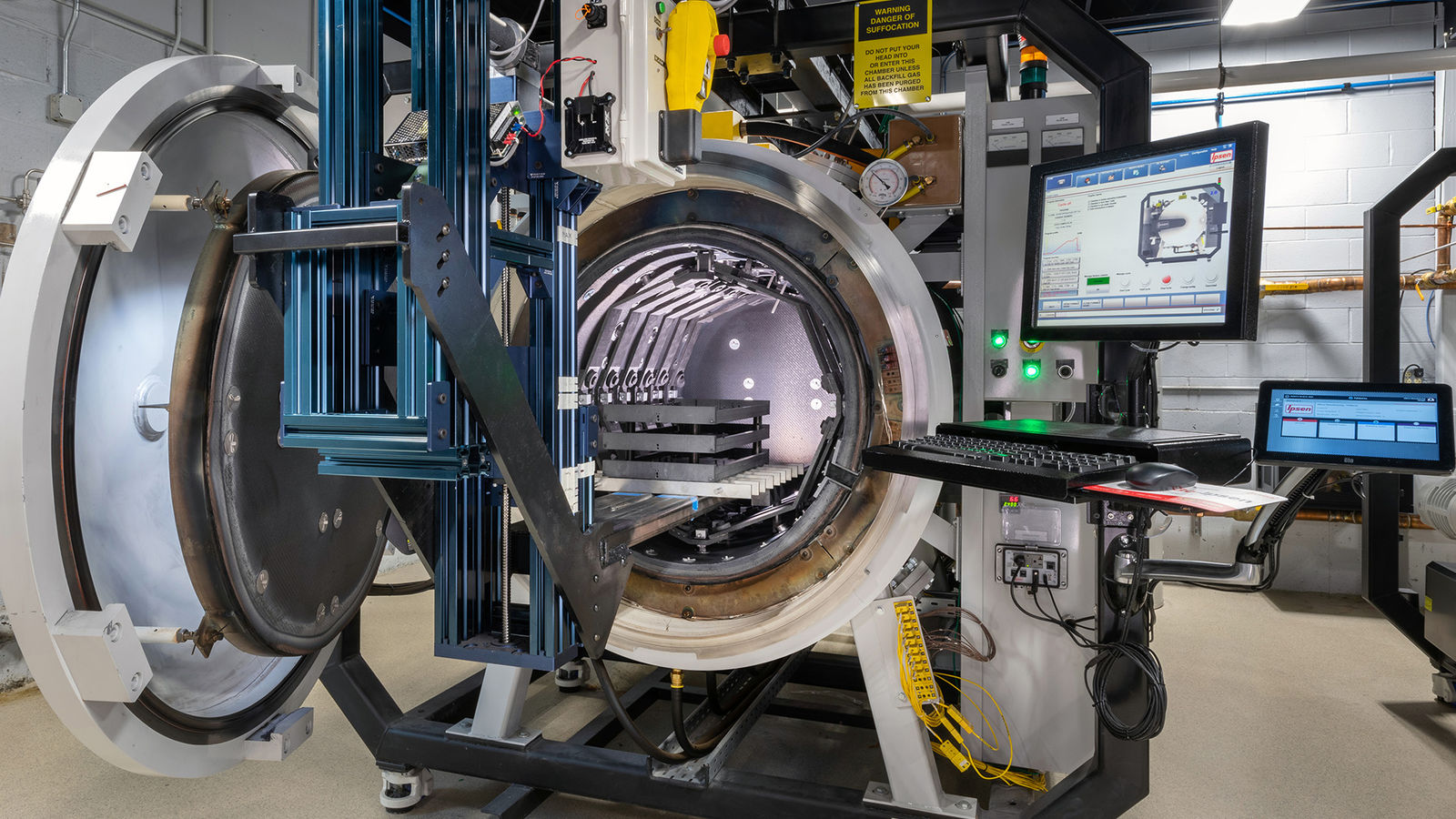The Digital Ecosystem with Ipsen
IIoT, AI and automation integration leads to enhanced heat treat capabilities
By understanding customers’ manufacturing and heat-treatment processes, Ipsen identifies pain points and develops IIoT and AI-driven solutions that improve operational efficiency.
“One of the biggest challenges in heat treating is unplanned furnace downtime, which leads to production delays and increased costs,” said Aymeric Goldsteinas, Ipsen’s vice president of digital technologies. “To address this, we are developing the next generation of PdMetrics, an AI-enhanced predictive maintenance system that uses sensors, machine learning, and anomaly detection to monitor furnace health in real-time. This allows customers to schedule maintenance before equipment failure occurs, minimizing disruptions and improving Overall Equipment Effectiveness (OEE).”
Additionally, digital transformation enhances the customer experience through self-service solutions. A key initiative in this journey at Ipsen is the online customer portal, Ipsen Connect, which serves as a one-stop hub for customers to manage equipment, service needs, and operational efficiency, all within an intuitive digital ecosystem.
“By integrating AI, IIoT, and automation, digital transformation helps customers minimize downtime, optimize spare parts management, enhance maintenance planning and improve workforce efficiency,” Goldsteinas said.
Several areas within heat treating can significantly benefit from IIoT and AI-driven solutions:
- Predictive maintenance, such as Ipsen’s PdMetrics, provides real-time health monitoring, notifying customers before failures occur allowing proactive maintenance scheduling.
- Spare parts management through tools like Ipsen Connect, which syncs with a CRM, allows customers to request quotes, reorder parts, and track shipping to ensure customers always have access to critical components.
- A centralized knowledge hub can utilize AI chatbots and advanced search engines to organize resources like troubleshooting guides, training videos, and best-practice articles. This approach allows users to quickly access relevant information, reducing reliance on external support and improving operational efficiency.
These solutions allow customers to maintain operational excellence with minimal disruptions.







